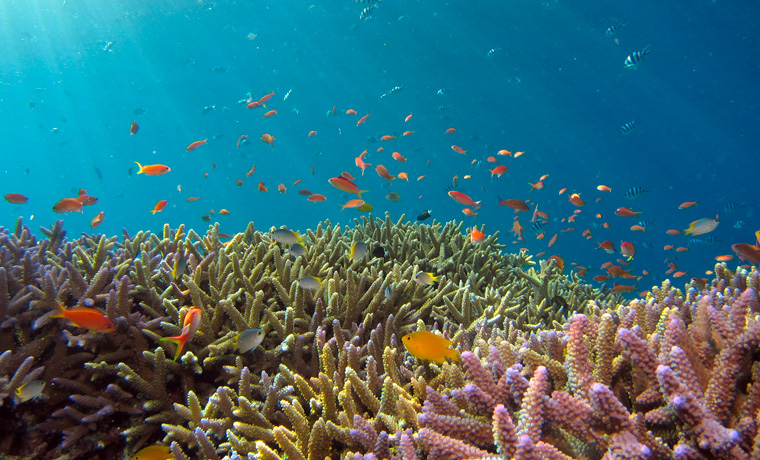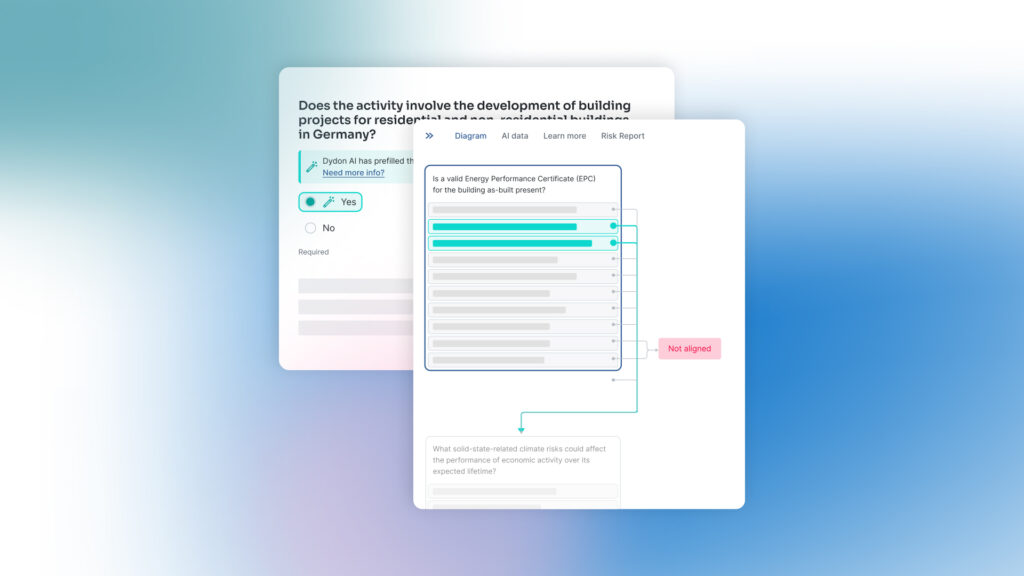In a significant legislative move, the European Commission has unveiled a package of new measures through the Delegated Acts to update and expand the application of the EU Taxonomy. This framework classifies economic activities based on environmental sustainability, guiding investments toward eco-friendly and sustainable options within the European Union.
Mairead McGuinness, Commissioner for Financial Services, Financial Stability, and Capital Markets Union, emphasized the importance of further developing the EU Taxonomy framework, stating, “We have the foundations of the sustainable finance framework in place. Now is the time to build on them.” The Delegate Acts, approved on June 13, 2023, and formally adopted on June 27, 2023, go in that direction, introducing considerable amendments to existing regulations.
The sustainable finance package
The new package approved by the European Commission (EC) marks a significant step in finalizing the EU sustainable finance framework. With the Delegated Acts, the EC introduces additional activities to the EU Taxonomy and also proposes fresh regulations for Environmental, Social, and Governance (ESG) rating providers, enhancing transparency in the sustainable investment market.
By doing so, it strives to create an environment where companies can easily invest in their sustainability transition. Moreover, the package aims to simplify its components, making them more user-friendly and cost-effective, all while aiding in financing the sustainability transition, further aligning it with the objectives of the European Green Deal.
Taxo 4: what are the new EU Taxonomy objectives under the environmental and climate Delegated Acts
As we have seen, the EU Taxonomy is expanding significantly from the first two climate-centric objectives to four new environmental objectives, often referred to as “Taxo4”, starting from the start of next year.
Below, we’ll explore objectives 3 to 6 of the EU Taxonomy and their importance within the sustainable finance framework.
Objective 3: Sustainable use and protection of water and marine resources

As defined by the Water Framework Directive (2000/60/EC), EU Member States must achieve good status in all surface water and groundwater bodies by 2027. Good status encompasses four fundamental assessments, including the ecological status of surface waters, the chemical status of surface waters, the chemical status of ground waters, and the quantitative status of ground waters.
In the context of the EU Taxonomy, the economic sectors and activities covered under the Delegated Acts, the EC details the technical screening criteria (TSC) for six new activities on water and marine resources for four different sectors:
1. Manufacturing
- Manufacture, installation and associated services for leakage control technologies enabling leakage reduction and prevention in water supply systems
2. Water supply, sewerage, waste management and remediation activities
- Water supply
- Urban Waste Water Treatment
- Sustainable urban drainage systems (SUDS)
3. Disaster risk management
- Nature-based solutions for flood and drought risk prevention and protection
4. Information and communication
- Provision of IT/OT data-driven solutions for leakage reduction
Objective 4: Transition to a Circular Economy
This objective of transitioning to a circular economy is to promote investments in activities that reduce waste, encourage recycling, and foster sustainable production and consumption patterns. The European Commission’s Circular Economy Action Plan (CEAP), adopted in March 2020, is key for sustainable growth, and is integral to the EU’s 2050 climate neutrality goal and biodiversity protection.
For what it concerns the EU Taxonomy, Annex 2 of the Delegated Acts lists five sectors and twenty-one new activities on the transition to a circular economy:
1. Manufacturing
- Manufacture of plastic packaging goods
- Manufacture of electrical and electronic equipment
2. Water supply, sewerage, waste management, and remediation activities
- Phosphorus recovery from wastewater
- Production of alternative water resources for purposes other than human consumption
- Collection and transport of hazardous waste
- Treatment of hazardous waste
- Recovery of bio-waste by anaerobic digestion or composting
- Depollution and dismantling of end-of-life products
- Sorting and material recovery of non-hazardous wastes
3. Construction and real estate activities
- Construction of new buildings
- Renovation of existing buildings
- Demolition and wrecking of buildings and other structures
- Maintenance of roads and motorways
- Use of concrete in civil engineering
4. Information and communication
- Provision of IT/OT data-driven solutions and software
5. Services
- Repair, refurbishment, and remanufacturing
- Sale of spare parts
- Preparation for re-use of end-of-life products and product components
- Sale of second-hand goods
- Product-as-a-service and other circular use- and result-oriented service models
- Marketplace for the trade of second-hand goods for reuse
Objective 5: Pollution prevention and control
This objective emphasizes the critical importance of activities and investments to mitigate pollution and minimize its adverse environmental impact. Notably, the European Commission has set a specific target for 2030, directing efforts to comprehensively identify, prevent, and eliminate pollution from human activities that can contaminate air, water, soil, living organisms, and food resources.
Concerning the EU Taxonomy, Annex 3 of the Delegated Acts outlines two sectors and six new activities on pollution prevention and control:
1. Manufacturing
- Manufacture of active pharmaceutical ingredients (API) or active substances.
- Manufacture of pharmaceutical products
2. Water supply, sewerage, waste management and remediation activities
- Collection and transport of hazardous waste
- Treatment of hazardous waste
- Remediation of legally non-conforming landfills and abandoned or illegal waste dumps
- Remediation of contaminated sites and areas
Objective 6: The protection and restoration of biodiversity and ecosystems
The overarching goal of the European Commission is to secure the restoration of all global ecosystems and their services to a state of robust ecological health, resilience, and adequate protection by 2050. To do that, the EC created the EU Biodiversity Strategy, a long-term plan to protect nature and reverse the degradation of the ecosystem, to put the world’s biodiversity on the path to recovery and reach the targets by 2030.
The EU Taxonomy is a crucial element in achieving those goals. With the Delegated Acts (Annex 4), two new activities in two sectors have been added to the protection and restoration of biodiversity and ecosystem:
1. Environmental protection and restoration activities
- Conservation, including restoration, of habitats, ecosystems and species
2. Accommodation activities
- Hotels, holiday, camping grounds and similar accommodation
Conclusion: how to get ready for a complete reporting of the EU Taxonomy
To conclude, the recent adoption of the EU Taxonomy Delegated Acts by the European Commission marks a significant step in advancing sustainable finance within the European Union. This act expands the reach of the EU Taxonomy, which now encompasses four additional environmental objectives, going beyond climate change mitigation and adaptation.
This development aligns with the broader goals of the European Green Deal and aims to streamline and strengthen the framework for sustainable investments, helping to shape a financial landscape that prioritizes environmental responsibility and sustainability.
As we approach the January 1, 2024, deadline for this extension of the EU Taxonomy will take effect, it’s crucial to ensure that your company is well-prepared. Reach out to us for a free software demo of our Taxo Tool, an AI-powered solution designed to assist with EU Taxonomy and sustainable finance compliance. Let us help you navigate this evolving landscape and seize the opportunities it presents for a more sustainable future.
Schedule a free demo
Read more about how to navigate the EU Taxonomy with AI
Navigating EU Taxonomy Reporting: Timeline, KPIs, and Best Practices
What is the role of AI in EU Taxonomy software? Interview with our CEO Dr. Hans-Peter Güllich
EU Taxonomy: German Pfandbrief Banks use AI software Taxo Tool
EU Taxonomy Software (Taxo Tool) Testimonial: Sparkasse Bremen






